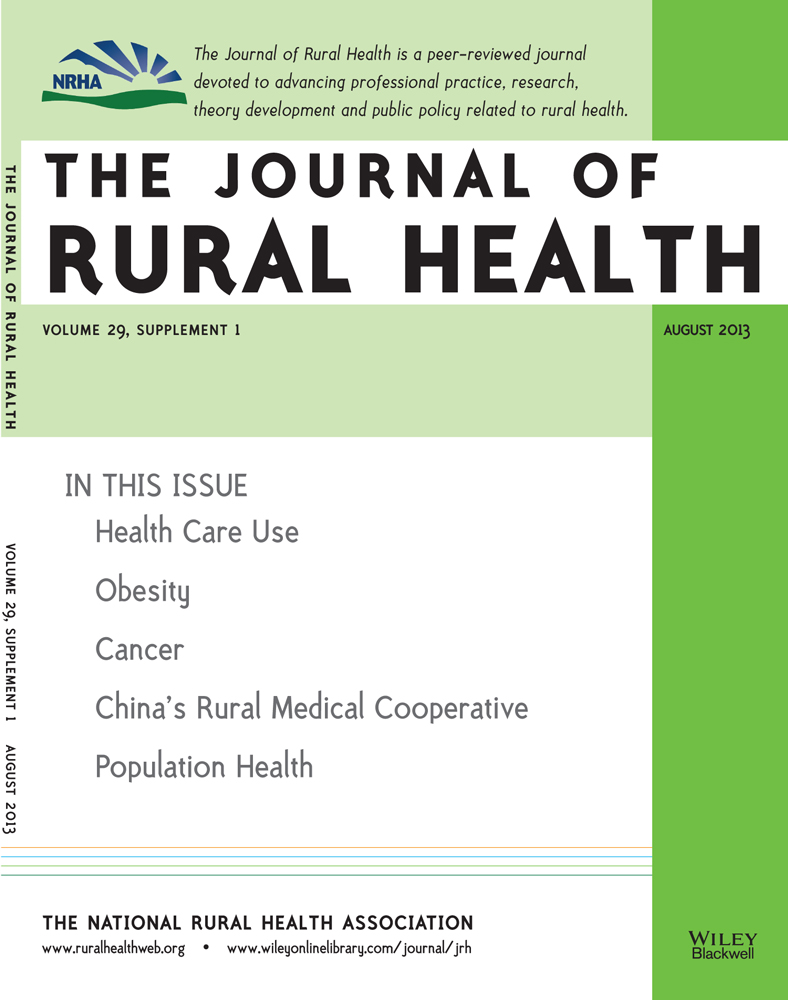General Dentist Characteristics Associated With Rural Practice Location
Funding: This research was partially funded by HRSA grant T12HP14992.
Abstract
Purpose
To examine whether there is a difference in the likelihood that a general dentist practices in a rural location based on individual characteristics, including dental school attended, birth state, practice arrangement, sex, and age.
Methods
All private practice, general dentists in Iowa were included in this study. Data were extracted from the year 2010 version of the Iowa Dentist Tracking System, which monitors practice patterns of active dentists. Rurality of primary office location, categorized using Rural-Urban Commuting Area codes, served as the outcome variable. Chi-square tests and multivariable logistic regression were used to explain associations between rural practice location and dentist characteristics.
Findings
Fifteen percent of the state's population resided in isolated small rural towns, but only 8% of general dentists practiced here. Approximately 17% of dentists in isolated small rural towns were age 40 or younger, compared to 32% of dentists in urban areas. Among male dentists, those who were born in Iowa (P = .002) were older (P = .020), and graduated from dental schools other than the University of Iowa (P = .009) were more likely to practice in rural areas than were their counterparts. Conversely, among female dentists, solo practice (P = .016) was the only variable significantly associated with rural practice location.
Conclusions
The dentist workforce in rural areas of Iowa is dominated by older males who were born in Iowa. As this generation retires and increasing numbers of women enter the profession, state policy makers and planners will need to monitor changing trends in the rural workforce.




